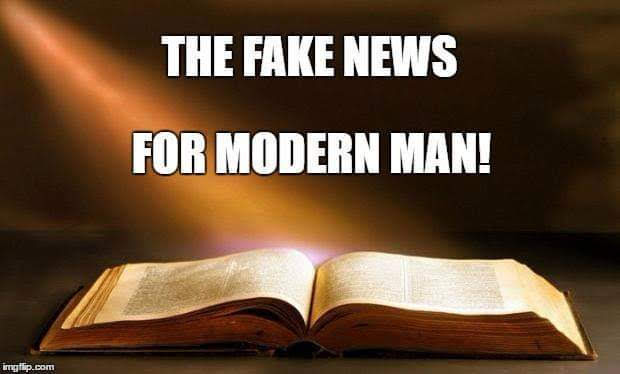It's rather hard to imagine. An area of gravity so strong that nothing can escape it, even light. And things that get sucked up into a black hole...go where? do what?
Could we send a spacecraft into a black hole and send back any data? Unfortunately, the nearest black hole to Earth is about 1,600 light-years away.
That's going to take quite a long while for a ship from Earth to reach there. Even at Voyager I speed - which is the fastest an Earth-made craft has achieved so far - it would take a ship about 30 million years to reach the nearest black hole. That's about 17 kilometers per second.
I guess we won't be sending a spacecraft into a black hole anytime soon.
Here's a story from the recent issue of StarDate magazine that really stretched my mind (see the "March Stargazing" post).
Misplaced Fireworks
Astronomers view outbursts from Milky Way's black hole, but not the ones they expected to see
The supermassive black hole at the center of the Milky Way remained frustratingly quiet last year, as a suspected giant gas cloud looped around it without a peep. Yet the close encounter was bracketed by two brief but brilliant flares from the black hole that were unrelated to the gas cloud.
The black hole, known as Sagittarius A* (Sgr A*), is about 4.5 million times as massive as the Sun. It is quieter than many other monster black holes, though, with little gas funneling into its gravitational
maw.
Astronomers expected that to change last year with the close passage of the massive cloud of gas, known as G2. They used telescopes on the ground and in space to monitor the passage because they expected the black hole to gobble up some of the gas, which would shine brightly before it plunged into the black hole. Yet none of the observations revealed any fireworks.
A team led by UCLA astronomer Andrea Ghez, who has studied Sgr A* extensively, suggested that G2 wasn’t a gas cloud at all. Instead, the team’s observations suggested that G2 was a big star surrounded by a shell of gas and dust. The black hole stripped away streamers of the material around the star, but not enough to trigger any major outbursts.
While it studied G2, however, the spacebased Chandra X-Ray Observatory did see the two most powerful outbursts yet recorded from Sgr A*. In the first, in September 2013, the X-ray glow from
material around the black hole flared about 400 times brighter than normal. The second flare, 13 months later, was about half that bright.
Each outburst lasted only a couple of hours, though, suggesting they were not triggered by streamers of gas from G2. Instead, scientists say Chandra probably caught the black hole snacking on fairly large asteroids. The gravity of Sgr A* pulled the asteroids apart and pulled in the debris, which was heated to millions of degrees shortly before it crossed the black hole’s “surface” — the event horizon — and disappeared from view.


























No comments:
Post a Comment